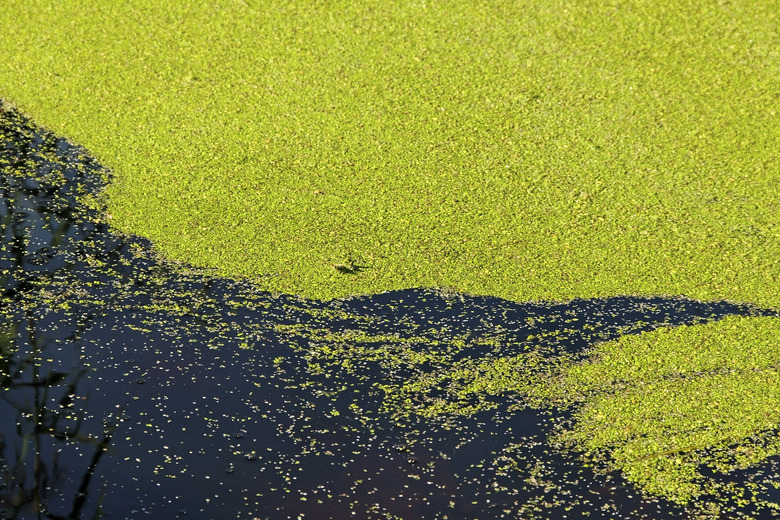Characteristics Of Microorganisms
Microorganisms are the smallest organisms on Earth. In fact, the term microorganism literally means "microscopic organism." Microorganisms may be composed of prokaryotic or eukaryotic cells, and they may be single-celled or multicellular. Examples of microorganisms include algae, fungi, protozoa, bacteria and viruses. Microorganisms play many unique and complex roles within an ecosystem, and they can perform a variety of functions, such as photosynthesis, breaking down waste, and infecting other organisms.
Prokaryotic Microorganisms
Prokaryotic Microorganisms
Prokaryotes arguably represent the earliest forms of life on Earth. They are broken up into two categories: bacteria and archaea. A prokaryotic cell lacks a nucleus to hold the cell's DNA and lacks any sort of organized packaging or housing to hold the rest of the cell's machinery. Because prokaryotic cells lack this extra material, they are almost always smaller than other cell types; all prokaryotes are microorganisms, and they are almost always single-celled.
Eukaryotic Microorganisms
Eukaryotic Microorganisms
Eurkaryotic cells are larger and more complex than prokaryotic cells. The DNA of a eukaryotic cell is neatly packaged within its nucleus, and there are several different structures that house the cellular machinery that can make eukaryotic microorganisms self-sufficient. The structures located in eukaryotic cells may include the endoplasmic reticulum, golgi apparatus, mitochondria, and ribosomes, as well as chloroplasts in photosynthetic cells. Examples of eukaryotic microorganisms include fungi, algae, protozoa and various microscopic parasitic worms.
Viruses
Viruses
Although viruses may be considered microorganisms, there is debate over whether or not they actually qualify as being "alive." Viruses are even smaller and simpler than prokaryotic cells, containing only a small amount of genetic material wrapped in a protein capsule. They cannot reproduce on their own; they require a host cell to inject their DNA or RNA into. The virus relies on the cellular machinery of the host cell to replicate the viral genetic material for it.
Microorganisms and the Environment
Microorganisms and the Environment
Microorganisms are found nearly everywhere. There are bacteria all over our skin, even on our eyelashes. A healthy human digestive tract depends on the help of particular microbes to break down and process the foods we eat. Microorganisms that contain chloroplasts and carry out photosynthesis, like algae and single-celled plants, process carbon dioxide and produce energy for themselves and most other life on Earth. Soil microbes break down plant and animal matter into smaller and smaller particles, eventually turning it into matter that other organisms can use as nutrients. Still other microbes are responsible for invading our bodies and making us sick. There are a wide variety of microorganisms, but they are all interested in one thing: reproducing. It just so happens that some of them make an impact on the world around them while they go about that task.
Cite This Article
MLA
Reid, Ari. "Characteristics Of Microorganisms" sciencing.com, https://www.sciencing.com/characteristics-microorganisms-8350383/. 13 March 2018.
APA
Reid, Ari. (2018, March 13). Characteristics Of Microorganisms. sciencing.com. Retrieved from https://www.sciencing.com/characteristics-microorganisms-8350383/
Chicago
Reid, Ari. Characteristics Of Microorganisms last modified March 24, 2022. https://www.sciencing.com/characteristics-microorganisms-8350383/
